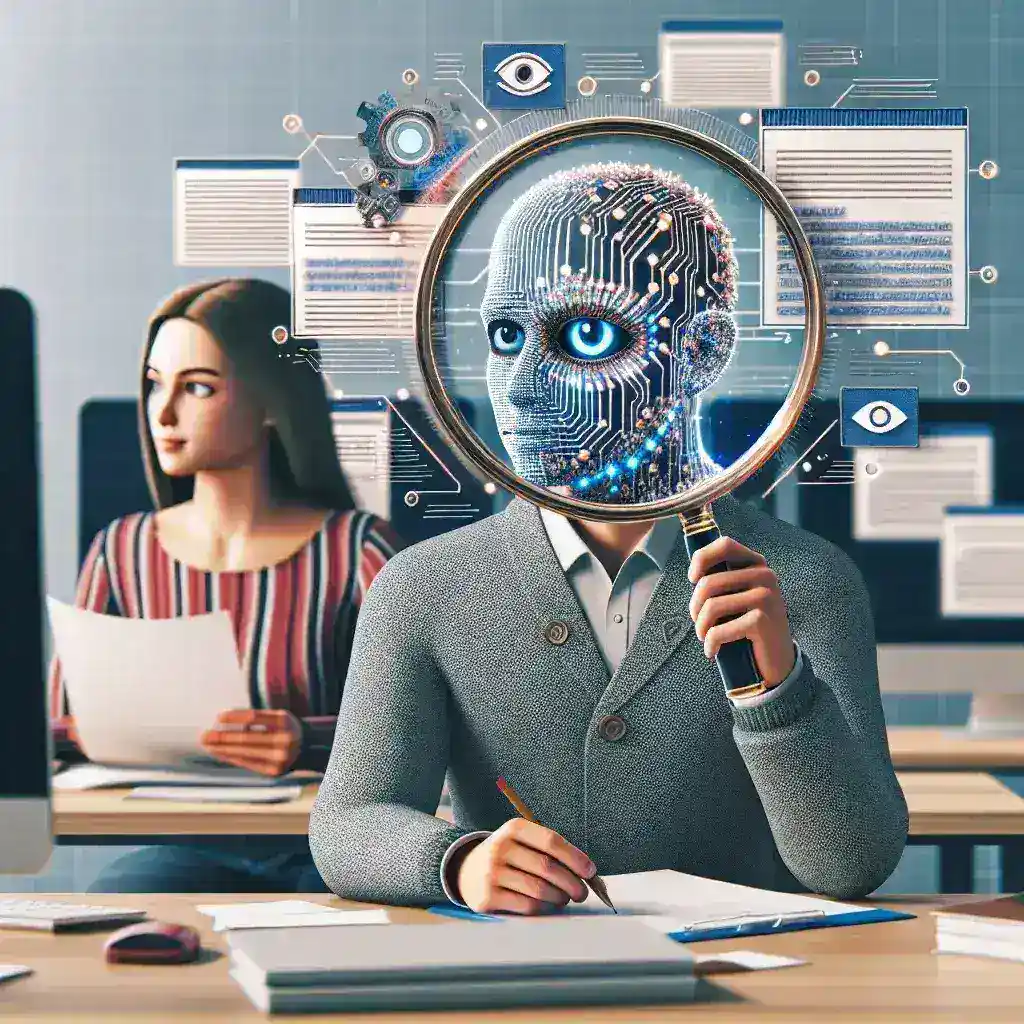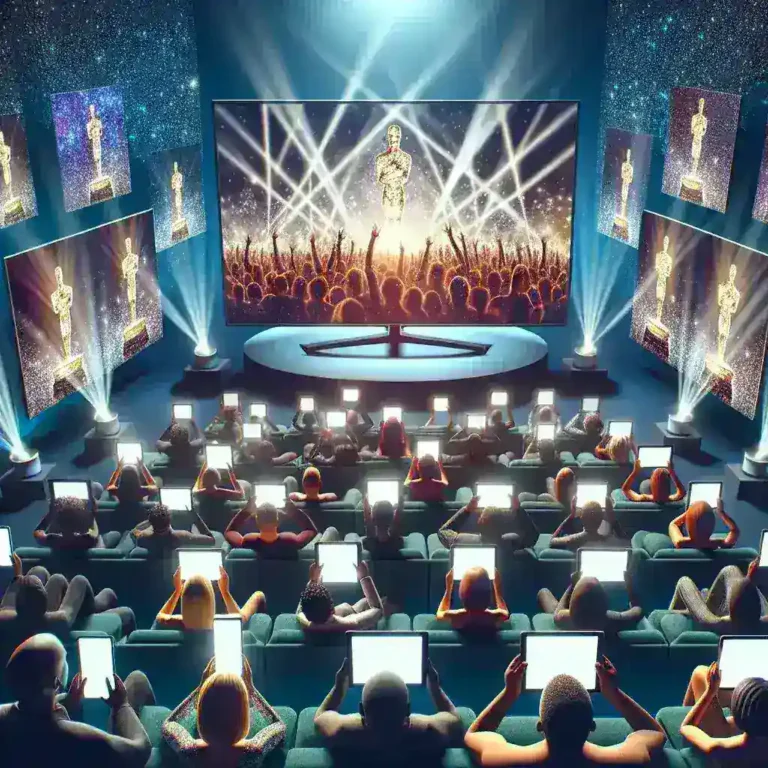Introduction
As technology evolves, so do the tools that students use for academic work. One of the most significant advancements in recent years has been the rise of artificial intelligence (AI), particularly in the generation of written content. Recognizing the implications of AI-generated essays, Google Classroom has announced an expansion of its plagiarism detection features. This article delves into the details of this initiative, its importance in academic integrity, and the potential future of education in the age of AI.
The Rise of AI-Generated Content
AI-generated essays and written content have gained popularity due to their ability to produce coherent and contextually relevant text at an astounding speed. Tools like OpenAI’s ChatGPT and similar models can help students draft essays, create reports, and even generate creative writing pieces. However, this convenience brings about significant ethical concerns, especially regarding plagiarism and authentic learning.
Understanding Plagiarism in the Context of AI
Plagiarism traditionally refers to the act of using someone else’s work, ideas, or expressions without proper attribution. With the advent of AI, the definition begins to blur. Are students committing plagiarism when they use AI to generate essays? Or is it merely an extension of their research process? This question is at the heart of the discussion surrounding academic integrity today.
Google Classroom’s Response
In response to these challenges, Google Classroom is expanding its plagiarism check features specifically to target AI-generated content. This initiative aims to maintain the integrity of academic submissions and ensure that students engage critically with their assignments rather than relying solely on AI tools.
New Features Introduced
- Advanced Detection Algorithms: The updated plagiarism detection toolkit leverages advanced algorithms designed to identify patterns typical of AI-generated text.
- Cross-Referencing Databases: Google Classroom will cross-reference submissions against a vast database of known AI-generated content, improving the accuracy of plagiarism detection.
- User-Friendly Interface: The new features will be integrated into Google Classroom’s existing interface, making it easy for both educators and students to navigate and utilize.
Benefits of Enhanced Plagiarism Checks
The expansion of plagiarism checks within Google Classroom presents several benefits for students, educators, and academic institutions alike:
1. Upholding Academic Integrity
By ensuring that AI-generated essays are properly identified, Google Classroom helps uphold academic integrity. This fosters a learning environment where originality is valued and encouraged.
2. Encouraging Critical Thinking
With the knowledge that AI-generated content will be scrutinized, students may be more inclined to engage deeply with their assignments, developing critical thinking and writing skills.
3. Providing Educators with Tools for Assessment
Educators will have access to enhanced tools that allow them to assess student work more thoroughly. This can lead to more informed feedback and support for students in their academic journeys.
The Challenges Ahead
While the expansion of plagiarism checks is a positive step forward, it is not without its challenges. Some of the potential obstacles include:
1. Evolving AI Technology
As AI technology continues to advance, so do the methods by which it generates content. Google Classroom must be vigilant in updating its detection algorithms to keep pace with these changes.
2. Student Pushback
Students may resist these changes, viewing them as an infringement on their ability to use AI tools. Educators will need to communicate the value of academic integrity effectively.
3. Misunderstandings of AI Use
There is a risk that students may not fully understand what constitutes acceptable use of AI. Educational institutions will need to provide clear guidelines on how AI can supplement learning without crossing into plagiarism.
Looking Ahead: The Future of Education
The integration of AI in education is a double-edged sword. On one hand, it offers unprecedented opportunities for learning and efficiency; on the other, it poses significant challenges to academic integrity. As Google Classroom implements these enhanced plagiarism checks, the broader educational landscape will need to adapt. Here are some possible future scenarios:
1. Collaboration Between AI and Educators
Rather than viewing AI tools as adversaries, educators may begin to see them as partners in the learning process. This collaborative approach could enhance teaching methodologies and learning outcomes.
2. Development of New Ethical Standards
As AI becomes more embedded in academic life, new ethical standards regarding its use may emerge. Educational institutions will likely need to establish clear policies around AI-assisted work.
3. A Shift in Assessment Methods
Assessment methods may evolve to focus less on traditional essays and more on projects that require critical thinking and creativity, areas where AI tools may not be as effective.
Conclusion
The expansion of plagiarism checks for AI-generated essays in Google Classroom represents a proactive approach to a rapidly changing educational landscape. By addressing the challenges posed by AI, Google Classroom aims to preserve academic integrity and foster an environment of genuine learning. As technology continues to evolve, so too will the methods we employ in education, making it essential for educators and students alike to stay informed and adaptable.




